After 10 years as a defining style feature of every new Lexus model, the famous Lexus spindle grille is undergoing a transformation. In tune with a new era of electrified vehicles, the distinctive shape is evolving into a new “spindle body,” as seen on the upcoming new generation Lexus RX SUV and the all-electric RZ.
The spindle grille has been an unmistakeable Lexus feature since it was first revealed on the LF-Gh concept model of 2011, the basis for the fourth generation GS executive saloon that was launched the following year. Since then, it has been constantly adapted to suit the character of each successive Lexus model, with different mesh patterns, dimensions and finishes.
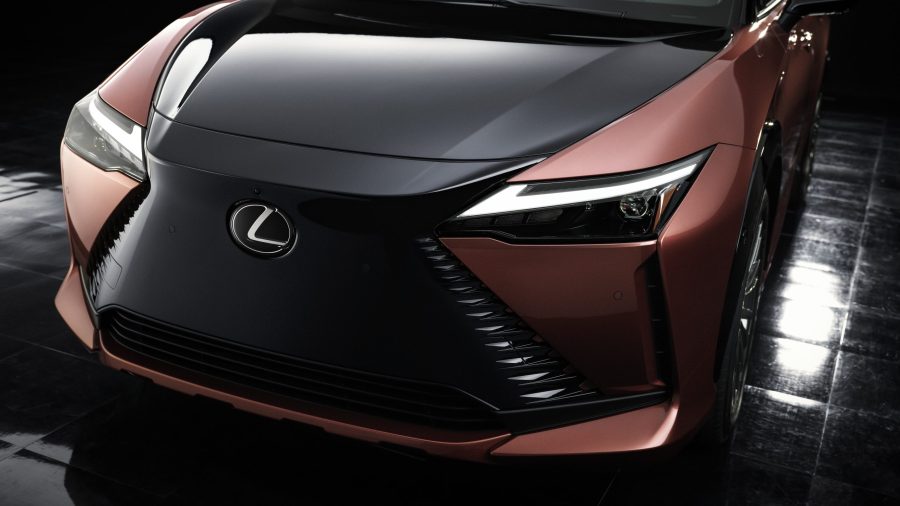
Speaking at the time of the grille’s debut, the then Head of Lexus Kiyotake Ise said: “You should be able to identify a car as a Lexus immediately… Instant visual recognition, for example, is the reason behind our spindle grille. It may look aggressive at first glance, that’s intentional, but it also conveys its boldness with sophistication and elegance.”
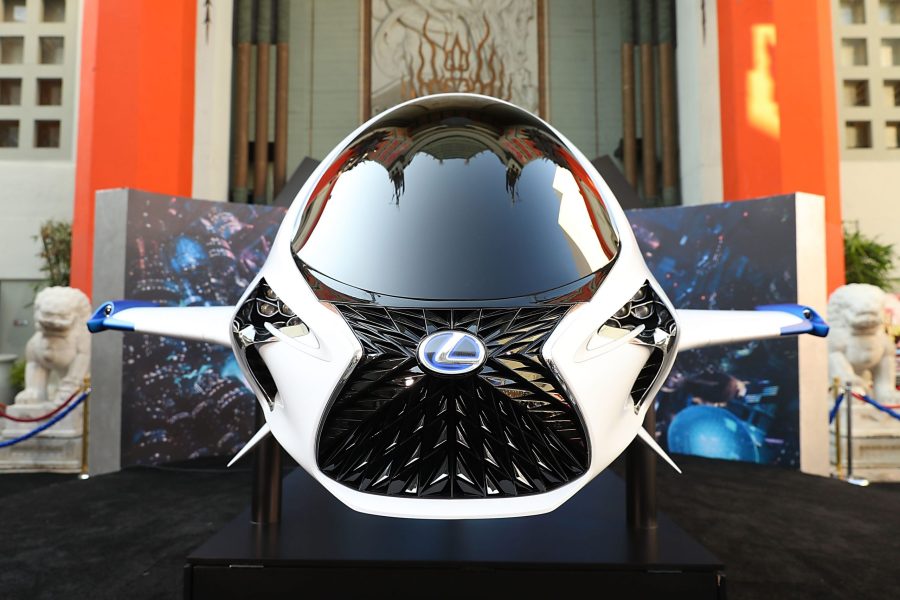
It has progressed to become a hallmark expression of Lexus’s L-finesse design, adopted not only for road-going cars, but also incorporated in the futuristic Skyjet spacecraft created for the Lexus-supported movie Valerian and the City of a Thousand Planets and adopted as a design motif in the Loft, the award-winning Lexus and Brussels Airlines lounge at Brussels Airport.
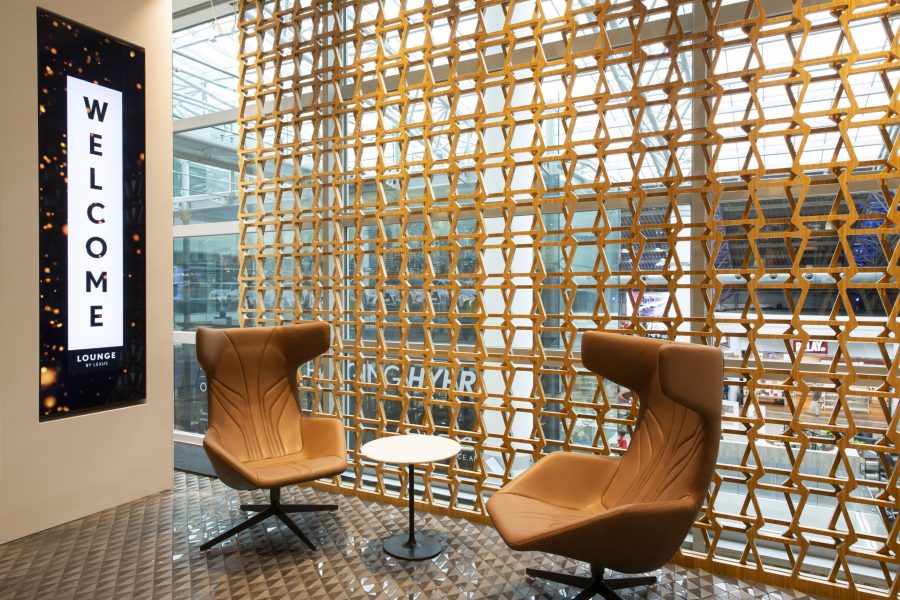
What is the Lexus Next Chapter?
Today, the original grille concept is the starting point for a more radical application of the spindle shape in which it becomes an integral part of the vehicle’s overall design. This “spindle body” approach is part of the Lexus Next Chapter design for the all-new RX, where the grille is reinterpreted as a seamless unit that flows into the bodywork. The lower section retains a mesh pattern, while the upper section takes in the lower edge of the bonnet; the Lexus emblems sits at the centre of the spindle’s high pinch-point.
Lexus RZ 450e
The same concept has been applied to the RZ 450e. As a battery electric vehicle, this requires less cooling than a car with a conventional engine, so the grille has been dispensed with, giving the designers greater freedom. Nonetheless, the spindle shape remains prominent in a central front panel, finished in the car’s body colour. Its impact is heightened by the adjacent frontal areas being contrast-finished in black, the low bonnet line and more boldly shaped front wings.

On both models, the spindle generates lines that flow back from the front of the car through the bonnet and headlamp units to create a strong and distinctive frontal appearance, reinforcing the brand-defining ambitions of the original concept.
History of the Lexus spindle grille
The spindle grille is a key element of a car’s ‘face’, helping to create a touchstone for public recognition and reaction. Lexus has forged a strong identity with its spindle grille design. It is an element that’s become a key styling feature, synonymous with the brand.
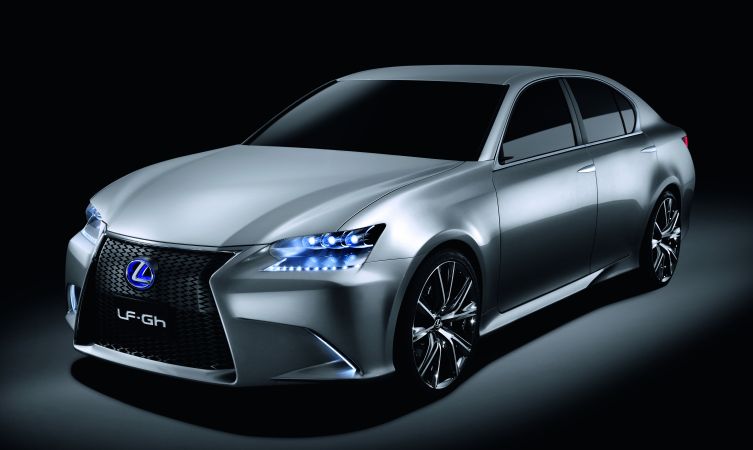
Far from being a bolt-on solution to giving a car a more individual look, the spindle grille is an integral element in creating the sharp, distinctive styling applied to all new Lexus models, most recently witnessed in the new LS flagship saloon.
Tokuo Fukuichi, the then head of Lexus, explains: “I don’t want to create nice designs, I want to create impressive designs, ones that remain in minds. The spindle grille is a symbol that heralds the change… but in the future, we will push even harder.”
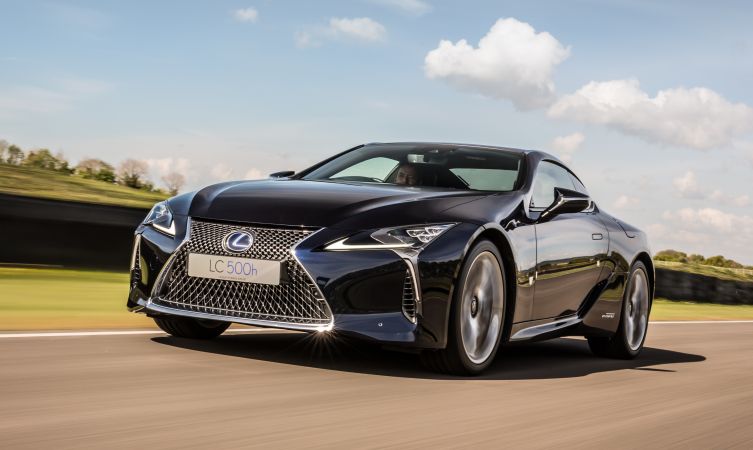
Creating a strong identity is all part of building a strong brand and the spindle grille plays a key role in positioning Lexus as a modern, advanced premium manufacturer. The design’s versatility also allows it to amplify the sportier character of F Sport models.
In all its applications, the spindle grille provides an anchor point from which much of the car’s visual impact is created, such as the lines of the bonnet, the arrangement of the headlamps and daytime running lights, the depth of the front bumper and the sculpting of the front wings.

The three-dimensional appeal of the grille’s profile is the result of an ongoing design evolution. Its principles are rooted in L-finesse, the design language Lexus has applied to all its cars since 2005. The trapezoid shape of the upper half of the grille was introduced that year with the GS model – part of Lexus’s attempt to create an individual face for the brand.
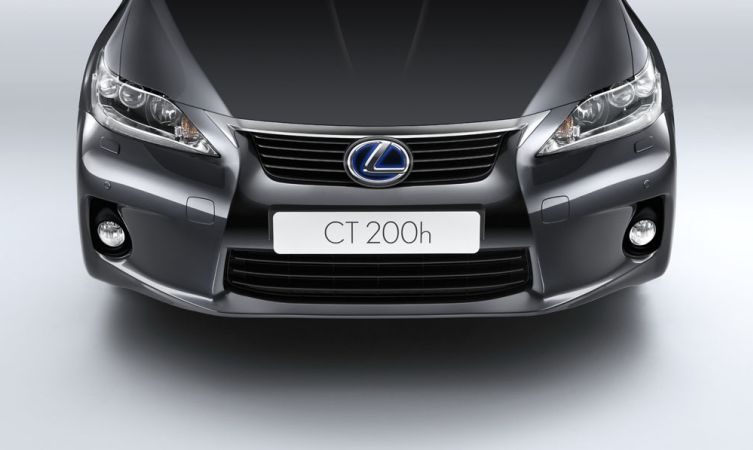
But it was actually the frontal treatment of the 2011 Lexus CT 200h that started the spindle design. The breakthrough is credited to designer Katsuhiko Inatomi, who took the basic shape of the contemporary GS grille and visually connected the upper and lower elements into what appeared to be a single frame, with a central pinch-point that created a spindle effect.
“Everyone at Lexus believed that we should try putting forward our L-finesse design philosophy in a much bolder manner,” explains Takeshi Tanabe, the then project manager of the Lexus Design Division. “L-finesse consists of the following three elements: seamless anticipation, intriguing elegance and incisive simplicity. They all must be reinforced in our design.”

Many drawings and clay models later, the overall design concept was perfected. The upper and lower grille apertures have been merged to form one distinctive shape, with chrome trim surrounding the grille mesh to enhance the visual statement. The geometric shape is a result of function, too. In particular, the lower half is structured to assist intake airflow, optimising the temperature of the engine under the bonnet.
Each part of the grille is sculpted and positioned by the slimmest of margins, ensuring a seamless surface treatment. The paint job is also of excellent quality; even half-hidden parts of the grille’s profile are finished, using a variety of shades if necessary, so that it appears sound from all angles.

“The elements behind the grille — things like ducts and cables that may not seem tidy — are not at all visible from the outside,” says Tatsuya Hattori of the then Lexus Product Development Division. His team was responsible for drawing up the actual blueprint of the grille. “We looked at every tiniest detail to maintain the superb look of the face, as well as to ensure the maximum safety to pedestrians.”
The spindle grille is Lexus’s seal of authenticity, and all models come with this bold frontal design. However, each version receives unique design treatment to cater to each model’s specific target audience.
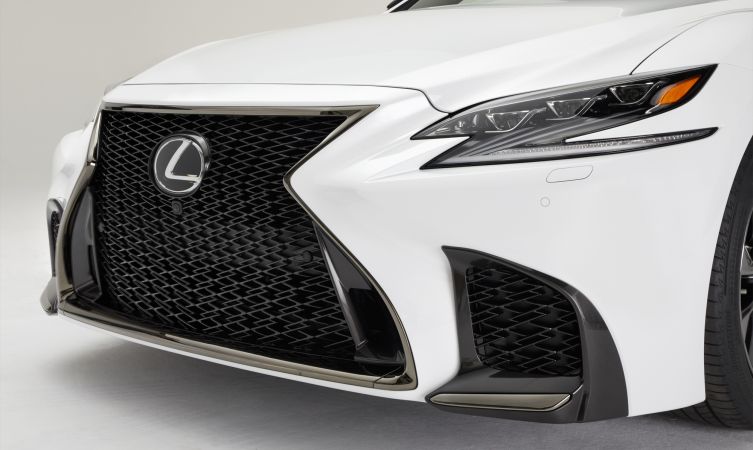
A more sporty variation is exclusively available on F Sport grade models. Its mesh is made of dozens of tiny L-shaped pieces that are vertically aligned – a masterpiece by Lexus craftsmen. Just a quick glance indicates what a painstaking process it must have been to forge such intricate architecture.
In successive concepts and production models, Lexus has successfully adapted the basic spindle design to express different qualities appropriate to each vehicle. Examples include adjusting the height of the pinch-point, applying different mesh designs, different finishes for the grille surround, and giving the grille more depth by projecting the pinch point further forward.

Read more: Takeshi Tanabe interview: Evolution of Lexus desig
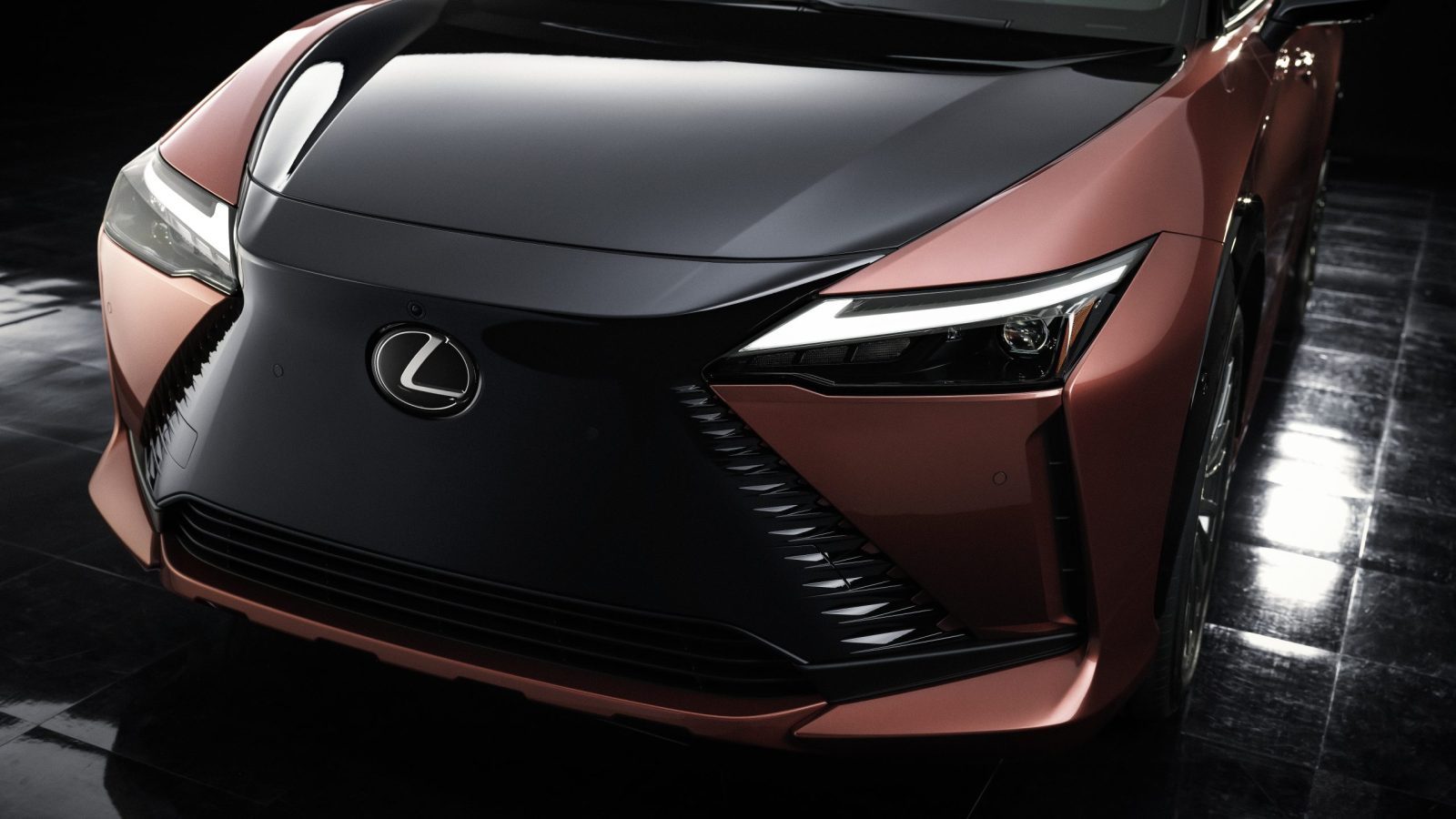






amazing
We are experiencing our Amazing!
Distinctly Lexus – each iteration looks more striking whilst still keeping the Lexus expression.
I really liked how the Lexus grill was transferred to the Lexus Skyjey, to keep the identity
Simple and Delightful.